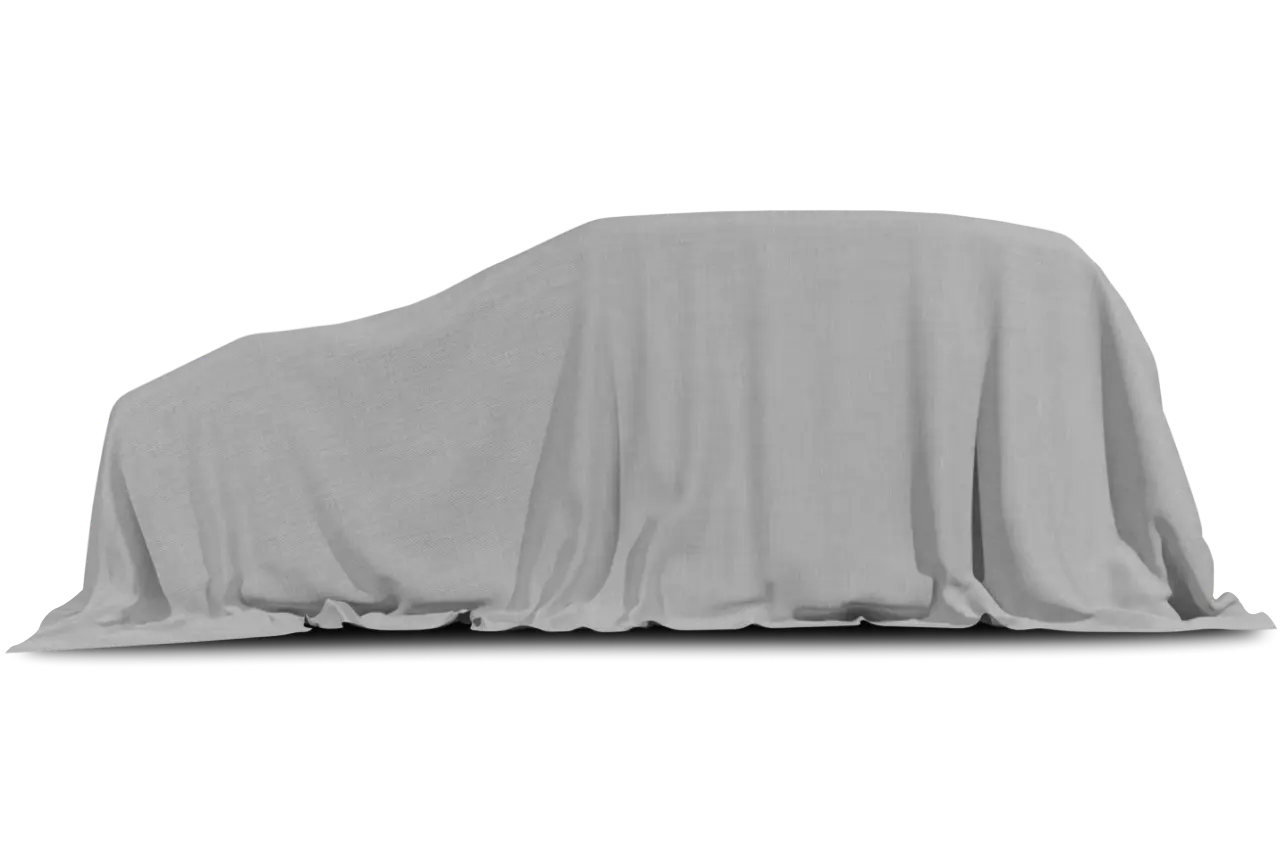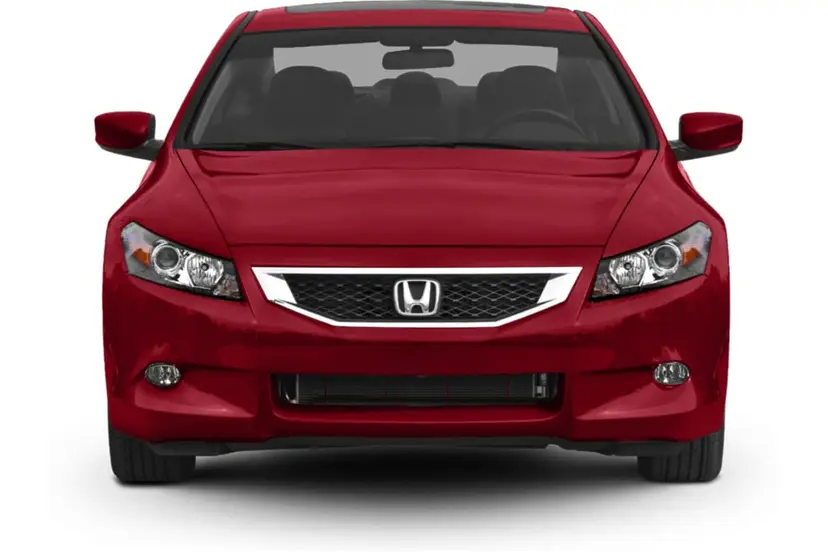
One of the best has been made even better for 2006.The Pilot, Honda’s midsize crossover sport utility, got a facelift and some other improvements as it entered its fourth year on the market.
Already arguably one of the most practical SUVs around, the Pilot for 2006 has more standard features, along with some exterior tweaks that Honda says were intended to give the vehicle a new “Honda truck family appearance.”
What that means is that the vehicle now looks much like the new Honda pickup that was introduced last year, the Ridgeline, which essentially is just a Pilot with the area behind the second row of seats cut out to create a pickup bed. The exterior changes include a revised grille, hood, fenders, headlights, bumpers, and taillights.
The uplevel EX model has new fog lights, while both trim levels — base LX and EX — have new alloy wheels this year.
Don’t expect any drastic changes in appearance, however. Although I just spent a week driving the 2006 Pilot, I didn’t realize that anything was different until I read a Honda product description detailing the changes for 2006.
The Pilot still is basically a rather bland-looking wagonlike crossover vehicle that has tons of usability, but very little pizzazz.
Where automakers such as Nissan and its luxury line, Infiniti, have pushed the styling of their crossover models into an exciting new direction, Honda seems intent to concentrate on how well the Pilot does its job, not how good it is at turning heads. Not that there’s anything wrong with that. People who buy Hondas generally are quite practical, and are looking more for function and reliability than style and performance. The Pilot, then, could very well be considered the perfect vehicle by the standards of the typical Honda buyer.
Introduced originally as a 2003 model following the successful launch of its upscale Acura cousin, the MDX, the Pilot for 2006 begins at $26,995 (plus $550 freight), and runs as high as $34,645 with four-wheel drive, leather interior and a rear-seat DVD entertainment system.
Our test model, the EX model with leather and a dash-mounted GPS navigation system, rang up at $35,245 (plus freight).
Oddly, though, you can’t buy the Pilot with both the navigation system and the rear-seat entertainment package. Most vehicles in this class offer both, and upscale buyers often choose to add both to their SUVs — the kids can watch their movies in the back while Dad monitors the navigation system on trips.
The Pilot essentially is a lower-priced version of the premium MDX, which went on sale five years ago and quickly became one of the top-selling luxury midsize models. Under the hood is a 3.5-liter V-6 engine, which is connected to a five-speed automatic transmission.
In past years, only one engine was offered, but for 2006, the engine comes in two versions. Both crank out 244 horsepower and 240 foot-pounds of torque. But in the two-wheel-drive model, the engine comes with Honda’s cylinder-deactivation system that automatically cuts out half of the cylinders during highway cruising to help improve fuel economy.
As a result, the models with cylinder deactivation are EPA rated at 18 miles per gallon in the city and 24 mpg on the highway, compared with 17 city/22 highway for the four-wheel-drive models, which have the regular V-6 engine without the deactivation feature. Honda introduced this system on the redesigned 2004 Odyssey, then added it to the Accord hybrid sedan last year.
This is the first application in a Honda SUV, but some other automakers already have a similar system in their sport utilities, including Dodge, Jeep, Chevrolet and GMC. Because the cylinder-deactivation system would make the engine noisier than usual, Pilots that have this system — called variable cylinder management — also come with Honda’s Active Noise Cancellation and Active Control Engine Mount systems. Active noise cancellation works like the new headphones on the market that can keep exterior noise out. They actually make a noise that “cancels” irritating outside noises by tricking the human mind into believing that there is no noise being made at all. Safety is a big element in all Honda vehicles, and the newest Pilot follows Honda’s “safety for everyone” policy by providing side-curtain air bags for all three rows of seating.
This is standard across the line — not just an optional feature or one that is included only on more-expensive trim levels.
Computerized vehicle stability control also is standard, something that is appearing on most new SUVs these days — more fallout from the Ford Explorer rollover problems of a few years ago.
Power is rather impressive in the Pilot. The V-6 engine is quite responsive, and the five-speed automatic transmission offers smooth shifting and better than average fuel economy for a midsize SUV.
Pilot prices are comparable to those of the Toyota Highlander and Nissan Murano, the Pilot’s main competitors.
Both trim levels are offered in two- or four-wheel drive, but this is a fulltime four-wheel-drive system that has no transfer case for low-range off-road driving. That makes the Pilot unsuitable for serious off-roading, but the system does work well on wet or snowy road surfaces.
Standard equipment on the LX model includes remote keyless entry, power windows with auto-up/down driver’s window, dual power mirrors, adjustable steering column, front and rear air conditioning with air-filtration system, AM/FM/compact-disc four-speaker audio system, cruise control, multifunction center console with cell phone cradle, painted alloy wheels, body-color side molding and a theft-deterrent system.
Moving up to the EX, which begins at $29,545 with two-wheel drive but without leather, standard amenities include most of what comes in the LX, plus automatic climate control, rear privacy glass, a six-speaker audio system, a six-disc in-dash CD player, steering wheel-mounted audio controls, body-color side mirrors and door handles, machined-alloy wheels, roof rails, fog lights and a HomeLink universal garage/gate opener.
The EX-L model (starting at $31,845 with two-wheel drive) adds leather surfaces on all three rows of seats, a power moon roof, a conversation mirror with sunglasses holder, and, on models without the navigation system, a rearview mirror with built-in digital compass.
Inside, there is seating for eight — two up front and three each in the middle and third rows. The third row is best left to the kids, however.
A nifty feature is that the second and third seats can be folded completely into the floor to create a cargo area of 87.6 cubic feet. With just the third seat folded, there is 47.6 cubic feet of space. And even with the third seat in place, there is a respectable 15.9 cubic feet of cargo space in the rear — maybe not enough for a two-week family vacation, but probably enough for a weekend trip. Beyond that, the roof rails add cargo capability on top.
The middle and third seats have a 60/40 split, so you can add some cargo space while retaining some seating capability. Either side of the 60/40 split can be folded flat into the floor.
Like the MDX — whose prices begin at $37,125 (plus freight) — the Pilot is based on the chassis and vehicle platform of the Odyssey minivan, which itself is based on the chassis of the previous-generation Accord sedan. There is a strong family resemblance between the Odyssey and the Pilot, but neither one looks like an Accord.
The heritage of the Accord is evident, though, in the ride and handling of the Pilot. Its car-based platform allows for a smooth, comfortable ride, much more so than in comparably sized and priced truck-based sport utilities such as the Ford Explorer and Toyota 4Runner, among others. With the Pilot, there is no extra charge for the third row seat; it’s optional in most of the competition, and not even offered in the Murano.. Honda dealers say they were told originally that the Pilot’s top competitors would be the Highlander, Explorer, Chevrolet TrailBlazer and Dodge Durango, but they have found their customers cross-shopping the Pilot against more-expensive SUVs such as the Lexus RX 330 and Mercedes-Benz ML350. But because the Pilot is so similar to the MDX, which competes directly with the RX 330 and ML350, such comparisons aren’t surprising.
The fuel tank holds 19.2 gallons of gasoline, and regular unleaded is acceptable. G. Chambers Williams III is staff automotive columnist for the San Antonio Express-News and former transportation writer for the Star-Telegram. His automotive columns have appeared regularly in the Star-Telegram since 1995. Contact him at (210) 250-3236 or chambers@star-telegram.com.
– – –
2006 Honda Pilot
The package: Midsize, five-door, eight-passenger, front- or all-wheel-drive, V-6 powered sport-utility vehicle.
Highlights: Significantly revised for 2006, the Pilot is similar to Acura’s upscale MDX sport utility, but with less content and a lower price. This one is a Honda product from the ground up, with good performance and comfortable ride. It is on the same chassis platform as the Honda Odyssey minivan, which was derived from a previous-generation Accord. As usual, Honda quality is the vehicle’s strongest point.
Negatives: Third seat is too small for adults to sit comfortably.
Engine: 3.5-liter V-6, with cylinder deactivation in two-wheel-drive models.
Transmission: Five-speed automatic.
Brakes, front/rear: Disc/disc, antilock.
Power/torque: 244 hp/240 foot-pounds.
Length: 188.0 inches.
Curb weight: 4,264-4,497 pounds.
Cargo volume: 15.9 cubic feet (behind 3rd seat).
Towing capacity: 3,500 pounds.
Major competitors: Toyota Highlander, Nissan Murano, Buick Rendezvous, Ford Freestyle, Subaru B9 Tribca.
EPA fuel economy: 18 miles per gallon city/24 mpg highway (2WD); 17 city/22 highway (4WD).
Fuel capacity/type: 19.2 gallons/unleaded regular.
Base price: $26,995 plus $550 freight (LX model).
Price as tested: $35,795, including freight (EX model with leather interior and navigation system).
On the road rating: ***** (five stars out of five)
Prices shown are manufacturer’s suggested retail; actual selling prices may vary.




























